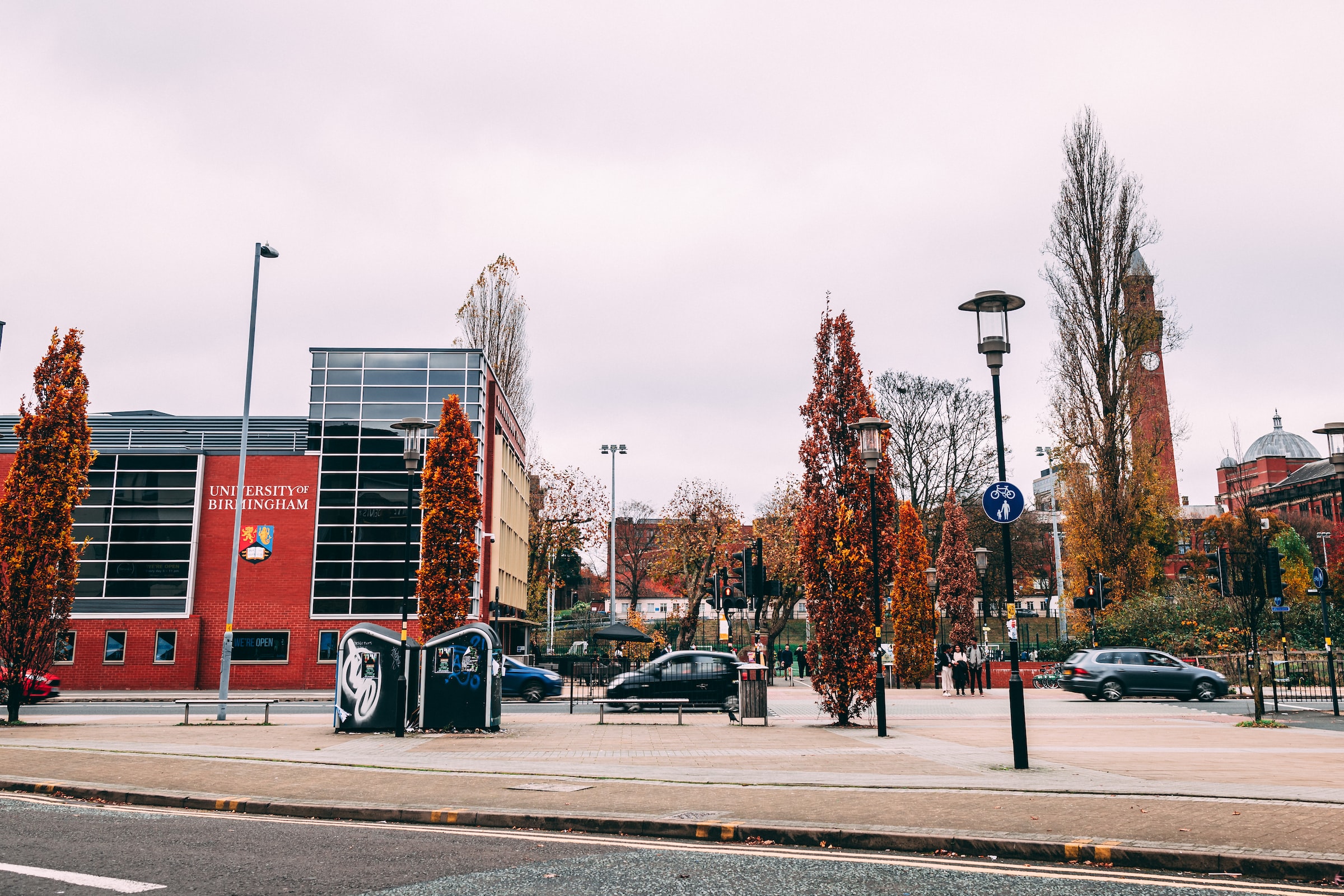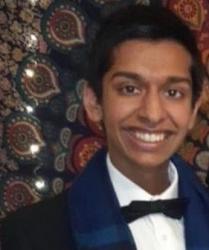
Culture writer Harpal Khambay looks at why children’s literature must do more to include the LGBTQ+ community to create a more tolerant and accepting society
It is incredibly important to ensure that children are introduced to aspects of our society that they should be tolerant and respectful of, such as LGBTQ+ relationships. By normalising LGBTQ+ relationships at a young age, children are more likely to grow up tolerant and accepting. Education about LGBTQ+ relationships will also help children identify with characters that are like themselves and make them feel accepted by society. The bottom line is that some sort of LGBTQ+ education would ensure that all people are represented and presented to children in the way that they should respond to them: positively.
“Literature took up the challenge of educating children on topics that the government was a bit too slow to set provisions for
Last year the government voted in favour of an inclusive, LGBTQ+ sex relationship education program, to come into effect in September this year. But why has this taken so long? Its earlier inclusion could have reduced prejudices and bullying. The main opposition came from some faith groups who believe that homosexuality conflicts with their religious teachings. For instance, the religious group Our Children Our Faith Our Right protested against the new governmental reforms last year, with one parent claiming that teaching children about LGBTQ+ relationships would blur the line between tolerance and ‘forceful acceptance.’ There was also concern that pupils may be influenced by some teachers who hold an unconscious bias or prejudice. Again, literature took up the challenge of educating children on topics that the government was a bit too slow to set provisions for.
LGBTQ+ themes and ideas have faced constant criticism, and it has taken decades for the genre to reach a mainstream audience. Historically, LGBTQ+ literature was not so much an amalgamation of all four letters of the acronym but was separated into gay and lesbian literature.
L
A huge event for lesbian literature was the development of the Gothic genre in the 18th century. The Gothic sought to be the antithesis of the Renaissance and explored the transgressive, suppressed desires of humanity. The genre quickly became known for its homoerotic subtext, which was apparent in Sheridan Le Fou’s Carmilla, published in 1872. This novella is credited as the first-ever lesbian vampire story. American literature presented lesbians in a much more tragic light throughout the 1930s, 40s and 50s, and their tales usually ended with suicide or conversion to heterosexuality. This of course was to ensure that the novel was not criticised or censored.

G
Gay literature had earlier beginnings than lesbian literature. The Enlightenment, which kickstarted in the late 17th century, prompted people to challenge western ideas, and look back to ancient world values. In classical Greek culture, male relationships and friendships were celebrated, prompting Enlightened thinkers to allude to these relationships in literature and art, which were noted for their homoerotic undertones. The Gothic genre’s homoerotic subtext was sustained from early works like Matthew Lewis’ The Monk, 1796, to the works of Oscar Wilde and Bram Stoker’s Dracula, 1897. A landmark novel that’s worth mentioning is Gore Vidal’s The City and the Pillar, 1946. It was noted as being one of the few books that dealt directly with homosexuality at its centre and did not see the homosexual character being killed off at the end of the story. A public scandal followed in which Vidal was blacklisted and no publications reviewed his literature.
L+G
“Named after the cheap wood pulp paper that they were printed on, these tales were known for their sensational and lurid content
Both gay and lesbian literature were brought to the mass market using the same medium in the 1960s and 1970s, through the publication of ‘pulp fiction.’ Named after the cheap wood pulp paper that they were printed on, these tales were known for their sensational and lurid content. Lesbian literature became more political with the rise of Second Wave Feminism, which focused on tackling the patriarchy within the home, prompting a move away from the ‘tragic lesbian’ theme. This was bolstered by the rise in sex-positive feminism in the 1980s, an idea that argued that sexual freedom was essential to women’s freedom.
From this point, continuing into the 21st century, authors worked to portray LGBTQ+ characters in a more positive light and expanded into Young Adult literature. Notably, John Green and David Levithan’s Will Grayson, 2010, was the very first LGBTQ+ novel to be featured on The New York Times children’s best-seller list. As well as its progression to the mass market, more recently LGBTQ+ literature has received significant praise and recognition.
So, where does LGBTQ+ children’s literature fit in? Jane Severance’s When Megan Went Away, 1979, was the first children’s picture book to feature LGBTQ+ characters, and tells the story of a pre-teen girl whose lesbian mother has separated from her partner. Danish novelist Susanne Bösche penned Jenny Lives with Eric and Martin in 1981, which featured the genre’s first gay male character. In England, this novel aided the Conservative government’s passing of Section 28 of the Local Government Act, 1988, forbidding schools from using literature that ‘promotes’ homosexual relationships.
Heather Has Two Mommies, written by Lesléa Newman and published in 1989 caused a similar uproar, and has been cited as one of the most frequently challenged books in America. In 2006, a Massachusetts couple sued the school district of Estabrook Elementary after 2002s King and King was read to their son’s second grade class. The novel is about a prince who falls in love with another prince. The judge however dismissed the lawsuit, declaring that ‘diversity is a hallmark of our nation.’ LGBTQ+ presentation in children’s literature seems to attract much controversy, as some parents fear their children are too young ideas to understand sexuality and relationships.
L+G+T
“I am Jazz tells the story of real-life trans activist Jazz Jennings and explains to the reader how she discovered her identity
More recently, the genre has branched beyond the LG of the acronym and looked at explaining the T to the younger generation. 2014’s I am Jazz tells the story of real-life trans activist Jazz Jennings and explains to the reader how she discovered her identity. Due to a specific lack of these sorts of stories, Australian author Jess Walton wrote Introducing Teddy in 2016, to help her own children understand their fathers’ transition.
In 2018, Little Bee Books partnered with media group GLAAD to publish a series of books that offered a positive portrayal LGBTQ+ characters in children’s literature. The first book, Prince & Knight by Daniel Haack, was named best book of the year by Amazon and the Chicago Tribune.
B?
While these developments are all positive, author B. J Epstein noted the difficulty to find books that talk about bisexuality, arguing that writers struggle with the concept. Focussing on one homosexual relationship in a novel implies to the child that the character is either homosexual or heterosexual. A narrative wanting to explore bisexuality would require multiple focuses on multiple relationships. Historically, it appears that the LG and T of the acronym have been covered, but material on the B is somewhat lacking.
Over the past few decades, LGBTQ+ representation in children’s literature has increased for the better and has also managed to shake off the decades of criticism that has preceded the LGBTQ+ genre as a whole. Although more can be done to explore bisexuality in children’s literature, it is a positive step that LGBTQ+ works are being produced, recognised and rewarded.
Read more from Culture:

Comments